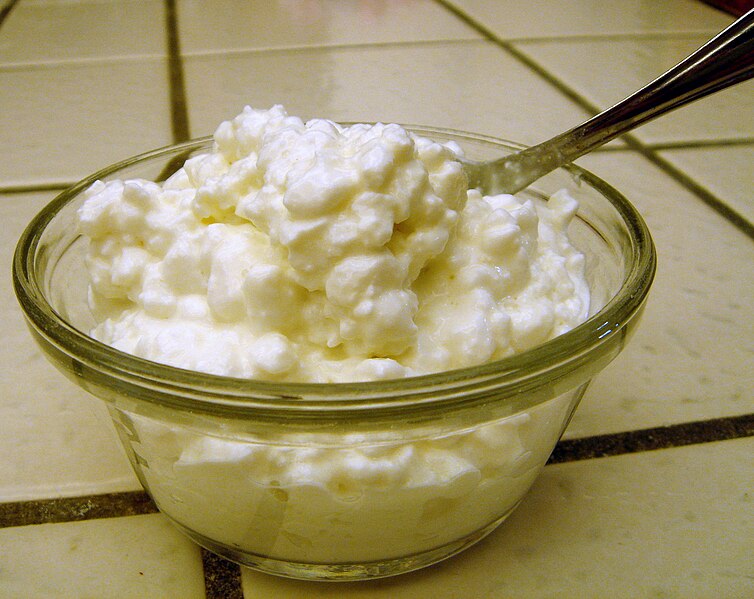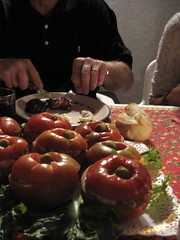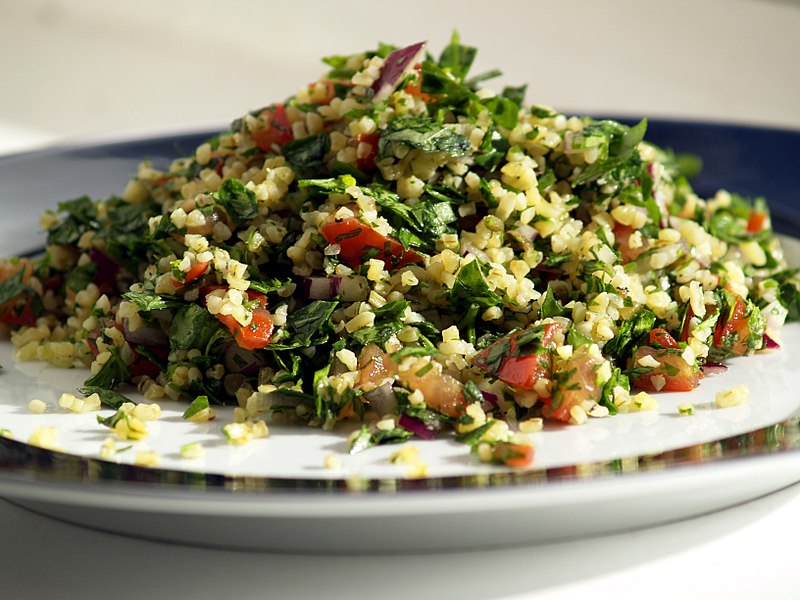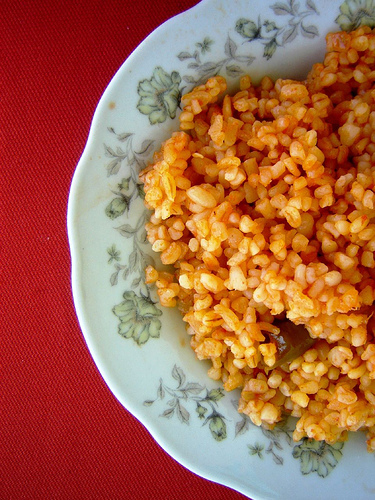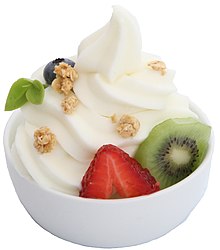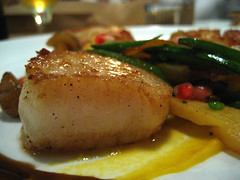Wine is an sprituous intoxicating grape juice. It is the perfect party and entertaining beverage, offered in white, red or rose. It is also an investment and, like a jewel, it really does get better with age. This is the reason behind bottles turning into collectors' items and vintage orchards are tout le rage.
Buying wine is one thing, appreciating wine is an art but once you've got the knack of it you won't mind adding 40 per cent to your meal expense to have the beverage.
Some basic rules:
NEVER drink prior to eating anything. If you do, and you're with a man, it suggests that your date did not take you dinner and considers you a cheap date, or only wants you to get drunk, which is definitely not a good sign, but this is a totally different issue.
NEVER mix and match. You must not mix styles and particular labels, and the same rule must apply with alcoholic beverages. Go for beer, hard spirits, or wine. Choose one type of beverage and stick with it.
NEVER go past the tipsy, light-headed stage. At the vomiting and passing-out phase you cease to appear even remotely charming, and the hangover will thwart any pleasure.
DON'T try to compete with a man drink for drink if you don't know your limits. A woman's capacity is typically lower.
Don't take the challenge of drinking contests, except if it is your intention either to collapse, or be dragged home.
Appreciating Wine Tasting Events
Wine tasting, sniffing and spitting may hit you as exaggerated but, before you mock, there is a sense of style in this hobby. A wine-tasting event is resembling a trip to a shoe store, with plenty of different designs and brands offered. You want to try a few to work out what best fits you, your taste, and your mood. That said, the spitting part should not be done in restaurants, bars and any non-wine-tasting gatherings.
Carry the open wine bottle and pour a small sample into the glass. Bring the glass to your lips. Close your eyes. Gradually move the glass under your nose and inhale deeply. Allow your mind to transport you on a journey to that aroma: to the rich terracotta of the wide landscape, the rolling terrain, the women's shirtsleeves pushed up, and their skirts trailing along the winding path . . . Wine tells a tale, you have to listen and indulge it to experience it at its best.
A really fine bottle can tickle your taste buds and mind. This is why wine it is so intoxicating and addictive, and so potentially expensive.
A Beginner's Guide to Wine Tasting Events
© Athena Goodlight







